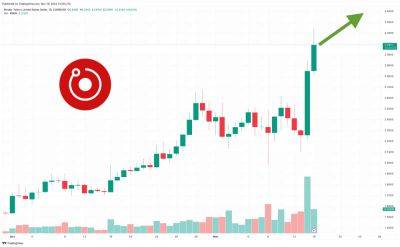Why market timing doesn't work: S&P 500 is up 14% this year, but just 8 days explain the gains
The S&P 500 is up 14% this year, but just eight days that explain most of the gains.
If you want a simple indication of why market timing is not an effective investment strategy, take a look at the data on the S&P 500 year to date.
Nicholas Colas at DataTrek notes that there have only been 11 more up days than down days this year (113 up, 102 down) and yet the S&P 500 is higher by 14% year to date.
How to explain that the S&P is up 14% but the number of up days is about the same as the down days? Just saying «there's been a rally in big cap tech» does not quite do justice to what has been happening.
Colas notes there are eight days that can explain the majority of the gains, all of them related to the biggest stories of the year: big tech, the banking crisis, interest rates/Federal Reserve, and avoiding recession:
S&P 500: biggest gains this year
Source: DataTrek
The good news: those big issues (big cap tech, interest rates, avoiding recession) «remain relevant now and are the most likely catalysts for a further U.S. equity rally,» Colas says.
The bad news: had you not been in the markets on those eight days, your returns would be considerably worse.
Colas is illustrating a problem that has been known to stock researchers for decades: market timing — the idea that you can predict the future direction of stock prices, and act accordingly — is not a successful investing strategy.
Here, Colas is implying that had an investor not been in the market on those eight best days, returns would have been very different.
This is not only true for 2023: it is true for every year.
In theory, putting money into the market when prices are down, then selling when they are higher, then buying when they are low again, in an
Read more on cnbc.com





















